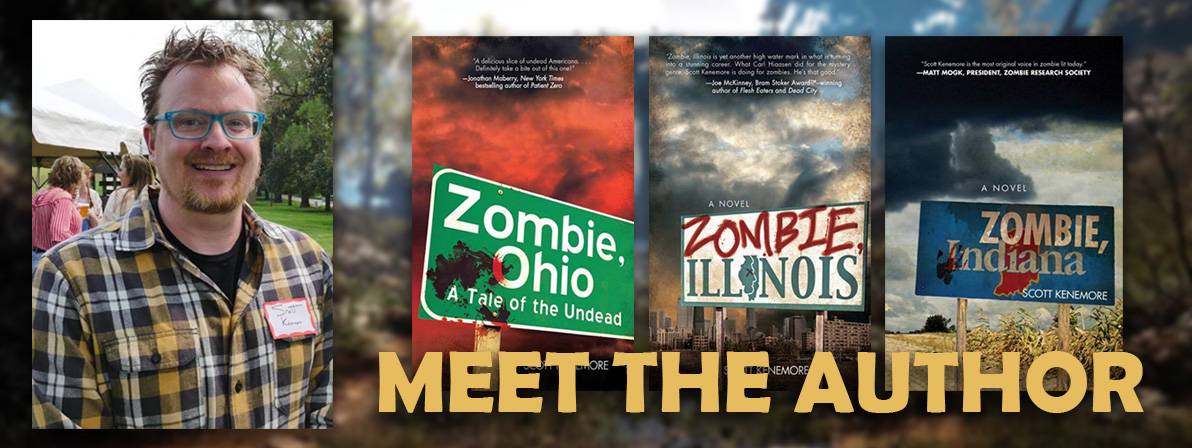With the leaves changing color and the season changing to fall, we start getting into the mood for Halloween. Few monsters have collectively captured the imagination as the zombie. After all, in the 2010s, The Walking Dead became a popular culture staple that revolutionized television. When it premiered at Comic-Con 2010, no one expected it to infest the airwaves and the collective consciousness of everyone with a television. Soon enough, you couldn’t go anywhere without the show being referenced or discussed. At fanfares and comic cons, you would see cosplayers recreating the looks of the show’s protagonists. The actors got invited to late-night shows, and AMC even created a show to talk about The Walking Dead before the show aired called The Talking Dead.
Zombies have always held a special place in culture. Since Geroge A. Romero’s Night of the Living Dead, the living dead have filled the pages of comics and movie screens. But what makes us so fascinated with the dead rotting corpses returning to pray upon the living? Why have these B-rated film monsters stayed a considerable part of horror?
We must go beyond the films, games and books to learn more about zombies. The zombie originated in Haiti, where an enchantress or voodoo priest would raise the dead and keep them working as slaves. The fear of people in Haiti was not dying; it was having to endure the afterlife as slaves. If you look into the history of Haiti, you will see the tragedies and atrocities that slavery did to the Haitians. George A. Romero’s film also touches on racial tension. The protagonist of his film, Duane Jones, is the only African-American actor with an otherwise all-white cast. He is the only one to survive the horde of zombies, only to, in the end, be shot by a living human, a white sheriff.
Zombies had their glory days in the 70s and 80s, but those decades do not compare to the golden era of the 2000s. After 9/11, the world was fearing another world war. Perhaps with that in the background, it gave rise to social anxiety and fear of an apocalyptic world-ending event. With that, we welcomed the rise of the living dead once again. Starting with 28 Days Later (2002), Resident Evil (2002) and the 2004 Dawn of the Dead remake, the dead were everywhere. There were even comedic spins that came out of this era, such as Shaun of the Dead (2004) and Zombieland (2009).
This set the stage for The Walking Dead comics and television show and its following spin-offs. So this fall, make sure to check out the zombie collection we have to offer at Fountaindale Library. The genre will surely get you in the Halloween spirit. Also, if you want to learn more about the Evolution of the Modern Zombie, join us with author Scott Kenemore (Zombie Illinois) on September 28 at 5 p.m. to learn more about the modern zombie.

